I am often asked “How many different birds are there in Rwanda?” Unfortunately, there isn’t a simple answer to give. One thing that makes this a difficult question to answer is that scientists don’t agree on how to define a species! Whilst it might be easy to recognise that an African Fish Eagle is one species and a Grey Crowned Crane is another species because they look, sound, and behave so differently to each other, not all species can be so easily distinguished.
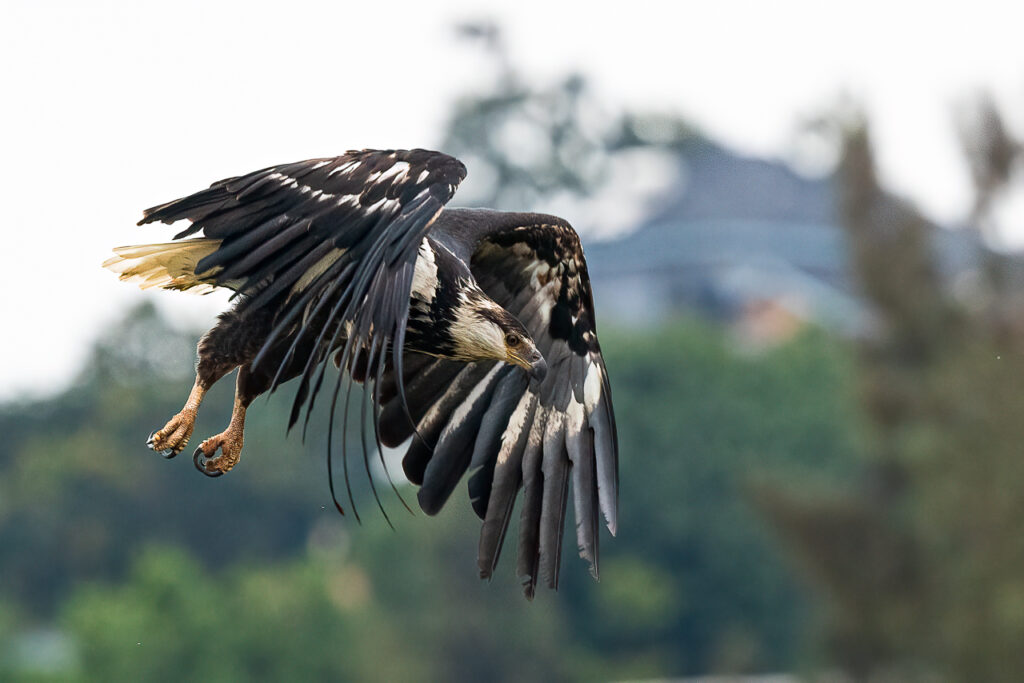
One just has to think of the 13 different cisiticola species found here in Rwanda! Most of them look remarkably similar, and for some cisiticolas we need to hear their vocalisations and observe what habitat they are in to differentiate between the species.
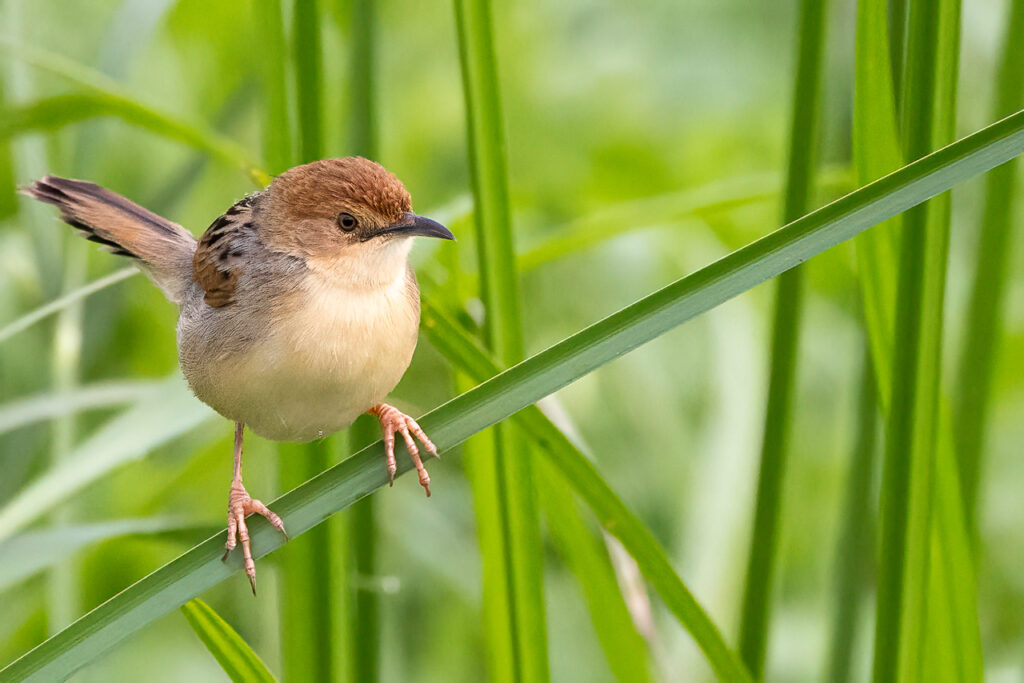
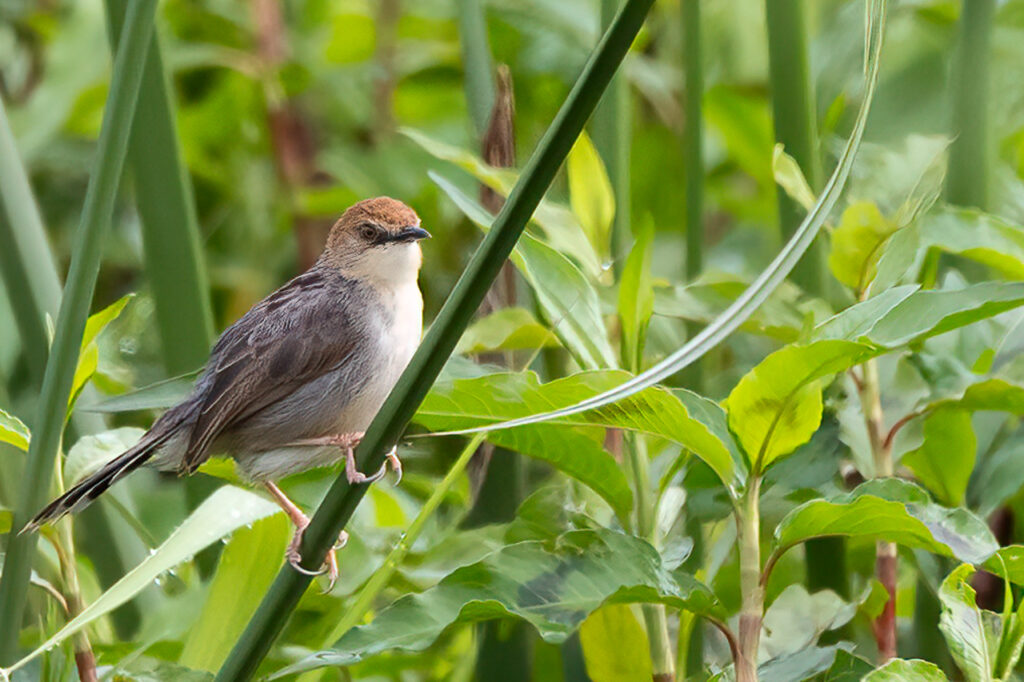
Each species of bird has its own name. Birds have always had local or common names, but these vary from continent to continent, country to country, and even from city to city in some cases. It is easy to see why this is not helpful for biologists and ornithologists studying the avian world – how are they meant to communicate with other scientists in different parts of the world if birds do not have consistent names one place to another?
To solve this problem, in the 1730s a Swedish biologist named Carl Linneaus developed and popularised a naming system where each organism was assigned a scientific binomial name, which consists of two words. The first word, which is capitalised, is the Genus (the taxonomic category above the species but below the family) and the second word, which is not capitalised, is the name of the Species. For example, the scientific name of the Black-headed Weaver is Ploceus melanocephalus and the Village Weaver is Ploceus cucullatus. Both share the same genus, Ploceus so we know they are closely related, but the second words are different denoting they are different species.
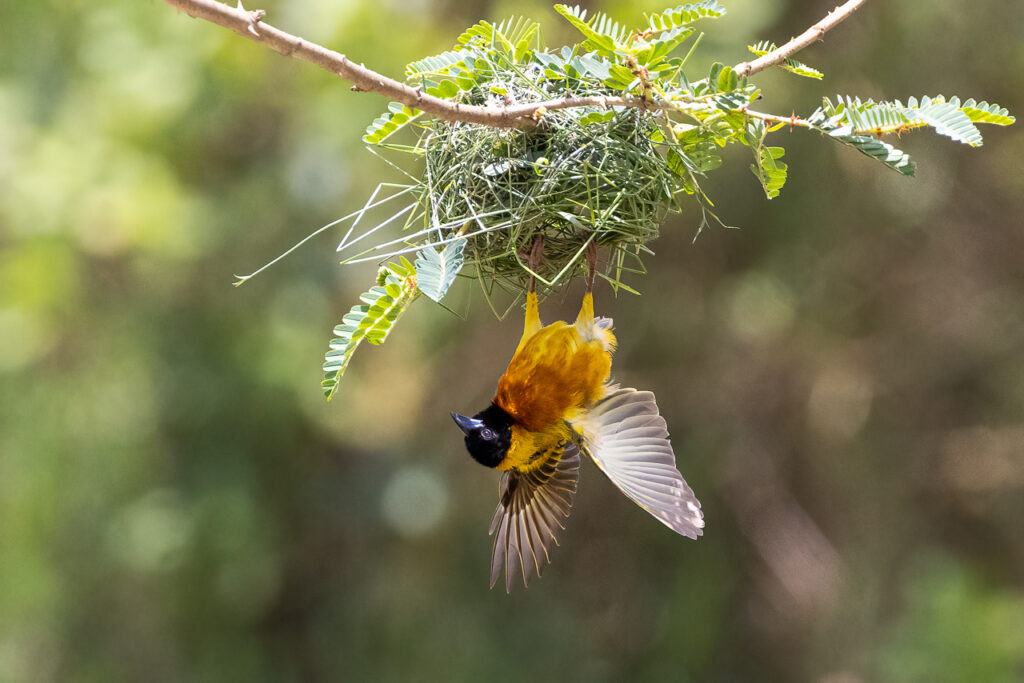
But how do biologists distinguish one species from another? To answer that we have to define and understand what a species actually is, and how to do that that is the bit on which scientists don’t agree. In 1942, Ernest Mayr, a famous ornithologist and evolutionary biologist defined a biological species as ‘groups of actually or potentially interbreeding natural populations, which are reproductively isolated from other such groups’ (Lovette and Fitzpatrick 2016, p. 15). Called the Biological Species Concept, in other words, a species is a group of organisms that can successfully interbreed and produce fertile offspring, or a group of organisms that were they to have the opportunity to interbreed, would not be able to. A great example of this concept is when a horse and a donkey mate they produce a mule, which is a hybrid between the two species. Mules are nearly always infertile, therefore horses and donkeys are different species.
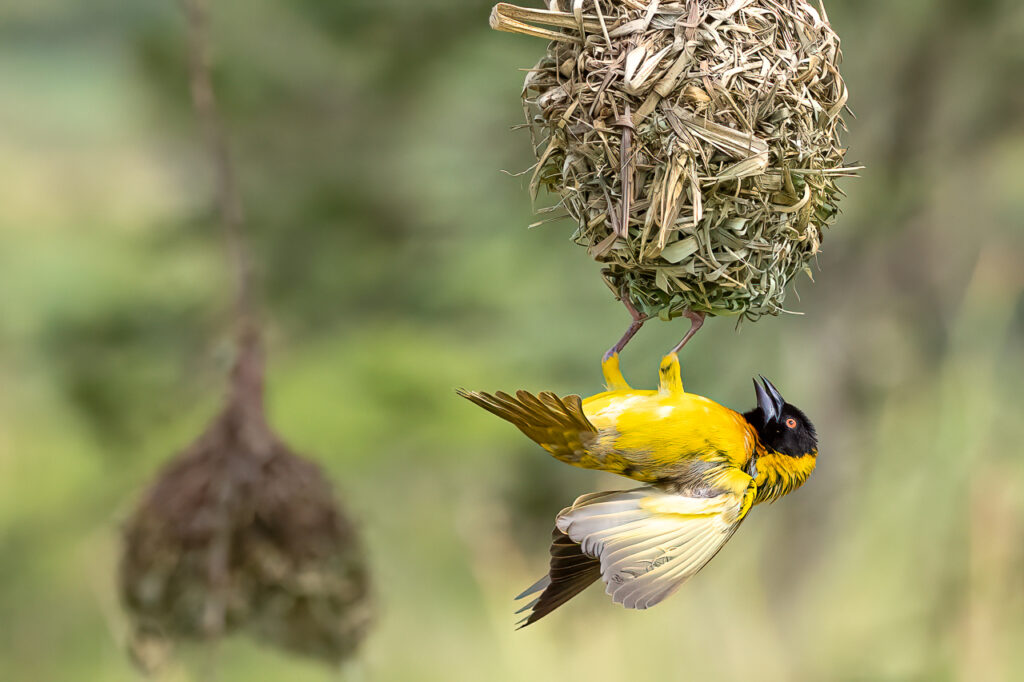
Prior to 1942, biologists and naturalists had been finding and naming species based on physical or anatomical differences between the different birds they came across. This is called the Typological Species Concept, and has been abandoned by nearly all biologists today. Given that the natural world was awash with such avian diversity, the birds they found were divided and sub-divided into more and more species. By 1909, the global number of birds named in this way stood at more than 19,000! Within a few years of Mayr’s biological concept and definition of a species being introduced, the number of bird species in the world had been recalculated to a mere 8,600 species. To do this, ornithologists had ‘lumped’ a number of variable geographical forms of birds together as a single species, reassigning lots of former species to sub-species. However, recently the number of bird species has increased as limitations of this approach to the Biological Species Concept has been acknowledged.
One of those limitations comes with trying to decide what to do with two groups of organisms that look fairly similar but never come into contact with each other and so don’t have the opportunity to try and interbreed to test the species concept. These groups of organisms need research into the differences between the populations that might influence whether they could or would mate or not, such as plumage that might be used in mating displays, vocalisations that are used to attract potential mates, and aspects of nesting behaviour. Following research such as this, species initially lumped together have been split and recognised once again as a species in their own right. An example of this is the Grey Crowned Crane, which under Mayr’s original list was considered the same species as the Black-crowned Crane, which lives in the Sahel zone south of the Sahara. However, research showed that there were differences in their vocalisations and in their display plumage, as well as their overall colouration, so it was decided that the Grey and the Black-crowned Cranes probably would not interbreed even if they had the opportunity, so they were split as separate species.
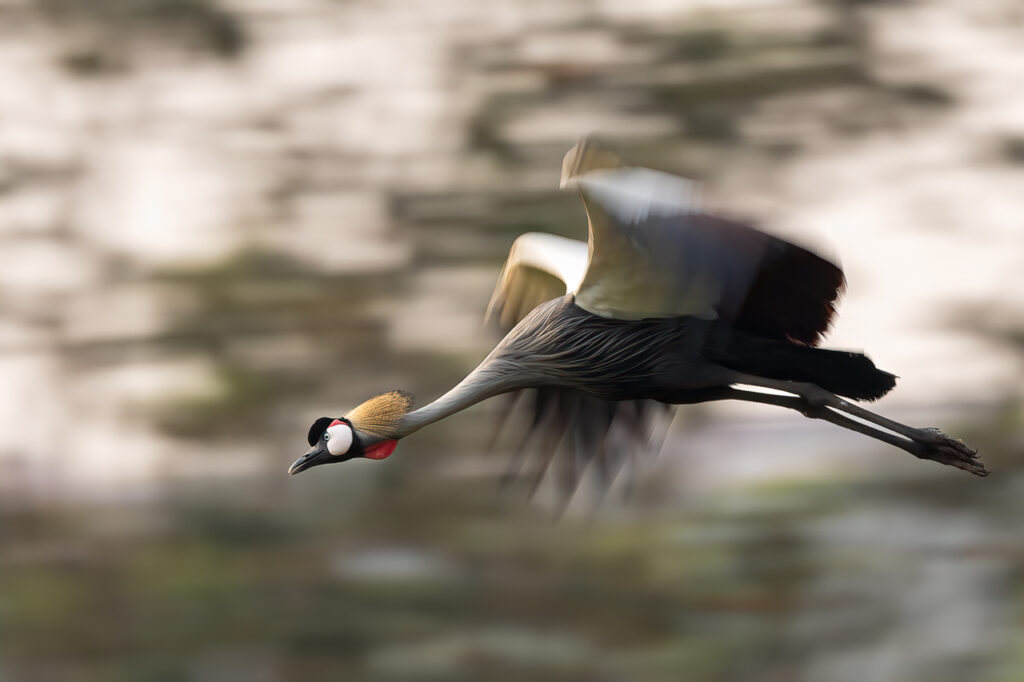
Our understanding of birds has drastically increased in recent decades through the collection of data, a lot of which is genetic data. Developments in this field has meant it has become easier for scientists to work out evolutionary relationships between different species. As an example, genetic data later confirmed that the of split of Grey and Black-crowned Cranes was correct: although they are clearly each other’s closest relatives, they are so genetically different that they have clearly not interbred for millions of years. Genetic and other research advances have led biologists to come up with an array of different species concepts. The other species concept most prevalent for ornithologists is the phylogenetic species concept. Introduced in the 1980s, this alternative way of defining species considers only their past evolutionary histories. ‘Under this approach a species is the smallest cluster of individuals in an evolutionary tree in which all members share at least one unique, inherited trait that is absent in other groups’ (ibid). The unique feature could be plumage pattern or eye colour, or even song pattern. This concept focuses on past levels of genetic connection rather than reproductive compatibility. Whilst one species concept focuses on the present and the other on the past, they often come to the same conclusion, but not always… And we need to remember that the present is only one point in time: in the future perhaps two populations with small but distinct differences in plumage in the present might interbreed successfully (because the differences are not big enough) and as the differences dilute, they would become one species under any species concept.
You might be surprised to learn that there isn’t just one checklist of world’s birds, but four, each with a different body of experts using various species concepts to decide what is a full species versus just a sub-species – lumping and splitting species often occurs and the four commissions end up with different totals. The official checklists are updated on an annual basis and these changes eventually make it into our field guides – total numbers of species will depend on which checklist a field guide uses, and this is why some species appear, disappear or even have their names changed as different editions of the field guides are produced! However, this is more than just an academic exercise. Conservation efforts looking to address the global decline of birds are largely focused on the species level, so whether a bird is classified as a species or sub species can be of critical importance to whether it gets investment and attention from conservationists!
Returning to the question that I’m frequently asked, how many different birds are there in Rwanda? Well, it depends on which body of experts and checklist you align with! But that is not a satisfying answer. Using the International Ornithological Congress (IOC) naming system, Rwanda is home to approximately 709 different species of birds (Avibase, online). But of course, that number will change…
Thank you to Gael R. Vande weghe, Dr Simon Mahood and Dr Matthew J. Miller for their thoughts and comment on earlier drafts of this article.
Bibliography:
Avibase (2023) Avibase – Bird Checklists of the World: Rwanda [Online] at https://avibase.bsc-eoc.org/checklist.jsp?region=rw&list=ioc&version=text&synlang=DA&lang=EN (Accessed: 27/8/2023)
Lovette I. J, (2016) Avian Diversity and Classification, chapter in, The Cornell Lab of Ornithology: Handbook of Bird Biology (3rd edition), Wiley, London, UK.

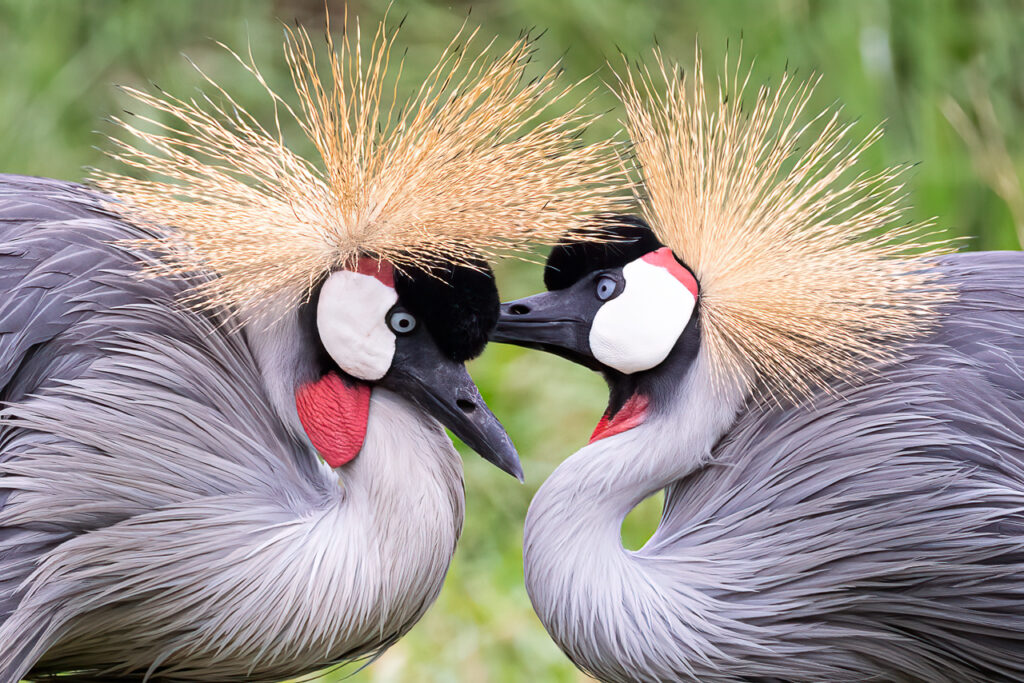
Will Wilson, in his gorgeous article entitled “WHAT IS A SPECIES?” was brilliantly and professionally able to provide a satisfactory and convincing reply to all those people who are always posing the question “How many different birds are there in Rwanda?” He provided convincing and reasonable justifications for the posed question which is also posed by a lot of researchers and inquirers in every country in the world. People ought to have in mind that birds and even some animals migrate from one place to another due to the weather conditions, the availability of food and other obligatory factors. Accordingly, it is so hard to provide an exact number of the different birds in a country.
Thank you for your comments. You make a great point about the annual fluctuation of population and species numbers due to migration.
Well, simply put, I’ve learned a LOT! Thank you, Will and your contributors. Super educational and of great interest, especially as I have lived in Rwanda 23 years and just learning about its magnificent species of birds. I’ve also decided I love birds, thanks to your amazing photographic work. All the best for the future.
Many thanks for your kind words Jemrose, they’re greatly appreciated and make me happy!
this article is very useful, thank you for making a good article
You’re welcome, I am really glad you enjoyed it.